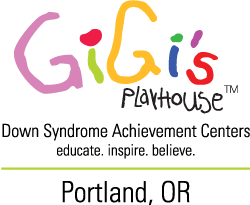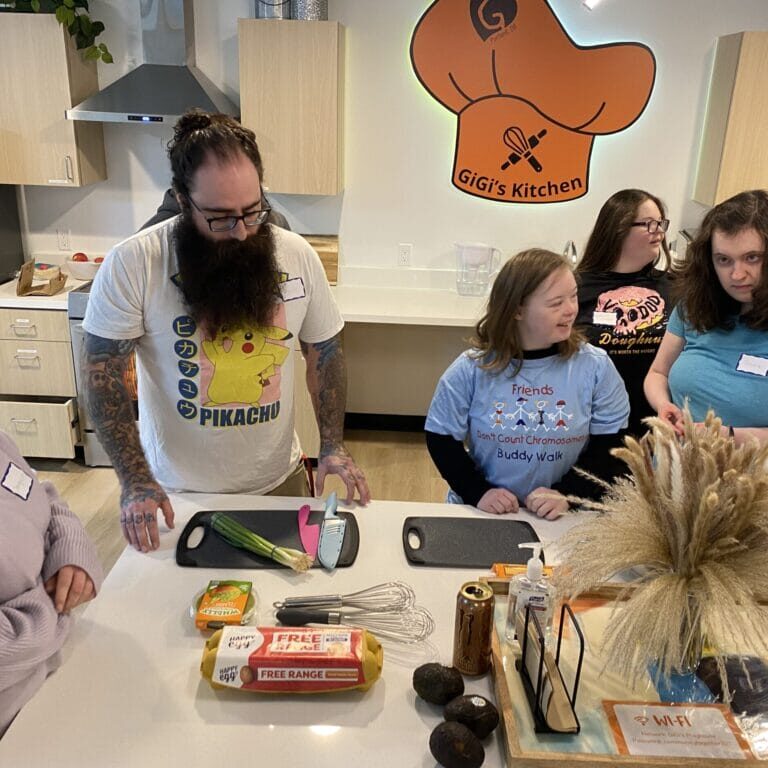American Sign Language as a Communication Support
January 3, 2025
Did you know American Sign Language (ASL) is the third most-used language in the United States? Learning word signs in ASL is a great way to widen one’s communication abilities. This is especially true for individuals with Down syndrome, who often process visual cues faster than verbal ones. Combining the two is highly effective.
Here are 8 signs that we use often at GiGi’s Playhouse Portland, with descriptions and images from Baby Sign Language:
- Thank you
- To sign thank you, extend your fingers and thumb. Touch your fingers to your chin and bring your fingers forward. It is almost like you are blowing a kiss out, to thank the person – but the sign is a bit lower.
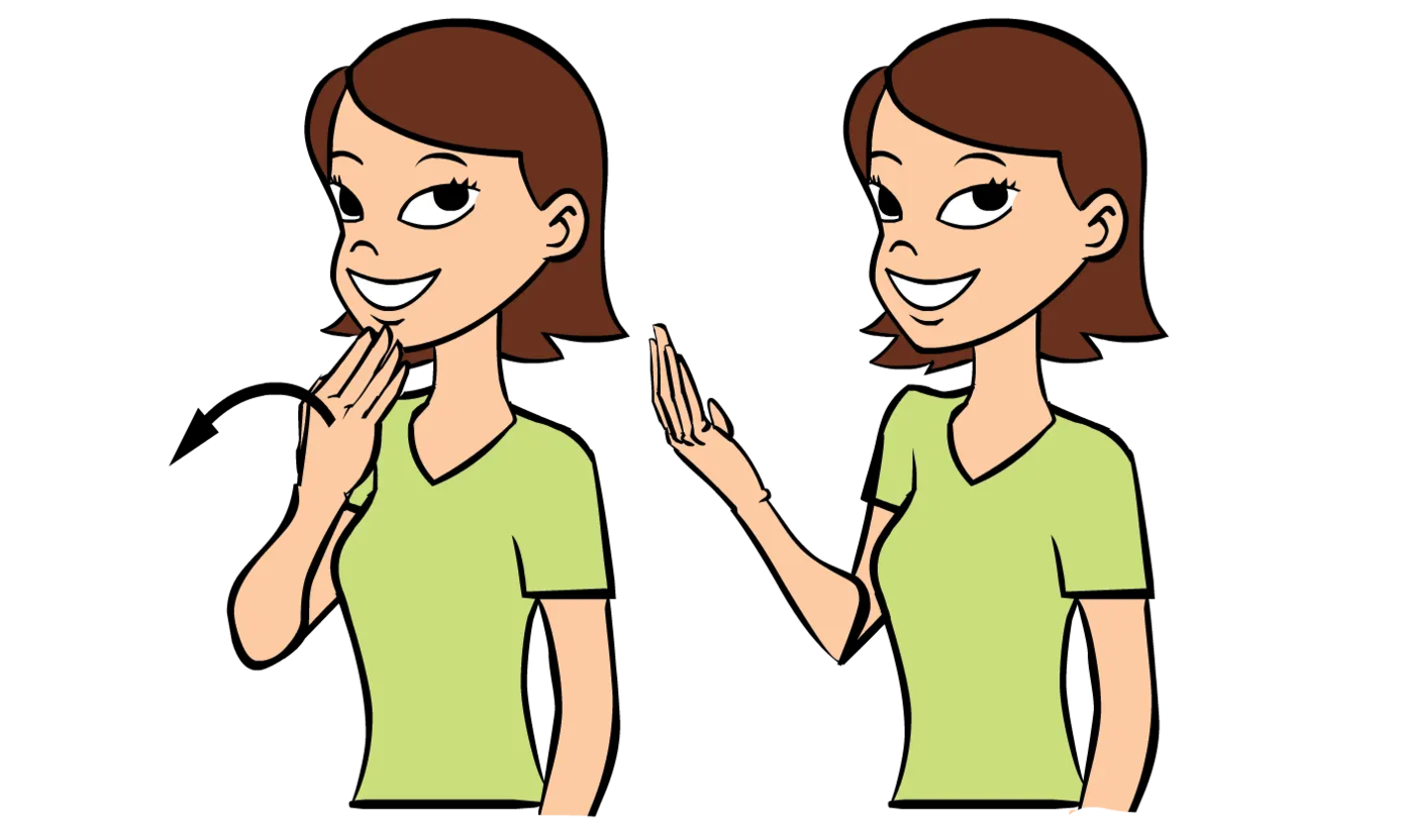
- Like/Dislike
- Like is done with your dominant hand and it starts on the chest. Pull your hand away while making your middle finger and your thumb come together, as if grabbing a thread.
- To sign dislike, take your strong hand, touching your thumb and middle finger to your chest while the hand is open. Move your hand away from your chest while touching your middle finger (and ring finger) to your thumb, extending your index and pinkie fingers. As your hand continues to move away from your chest, twist your wrist down, extending all your fingers, as if you’re dropping a piece of tissue into the trash can. The look of utter disdain while shaking your head is optional, but fun!
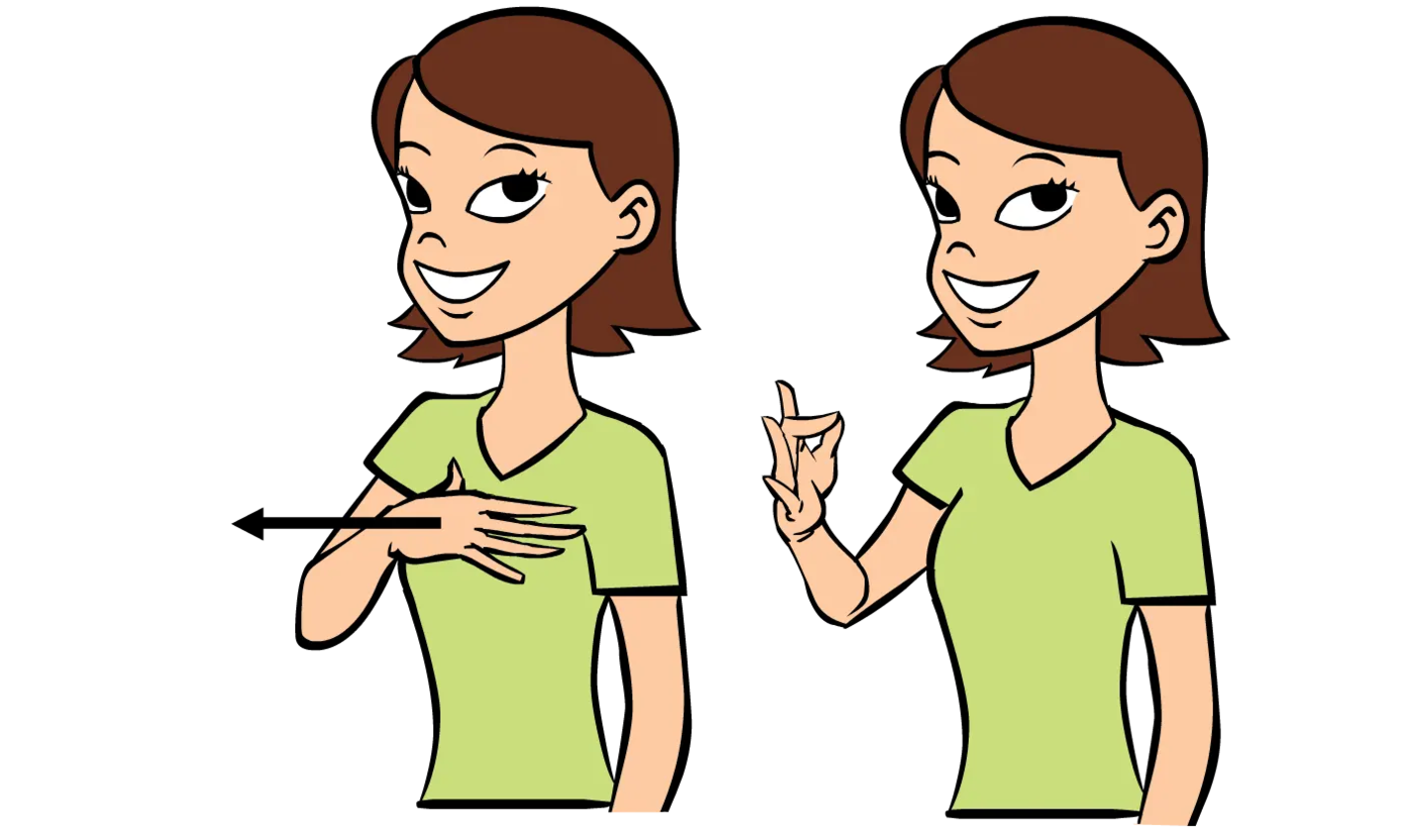
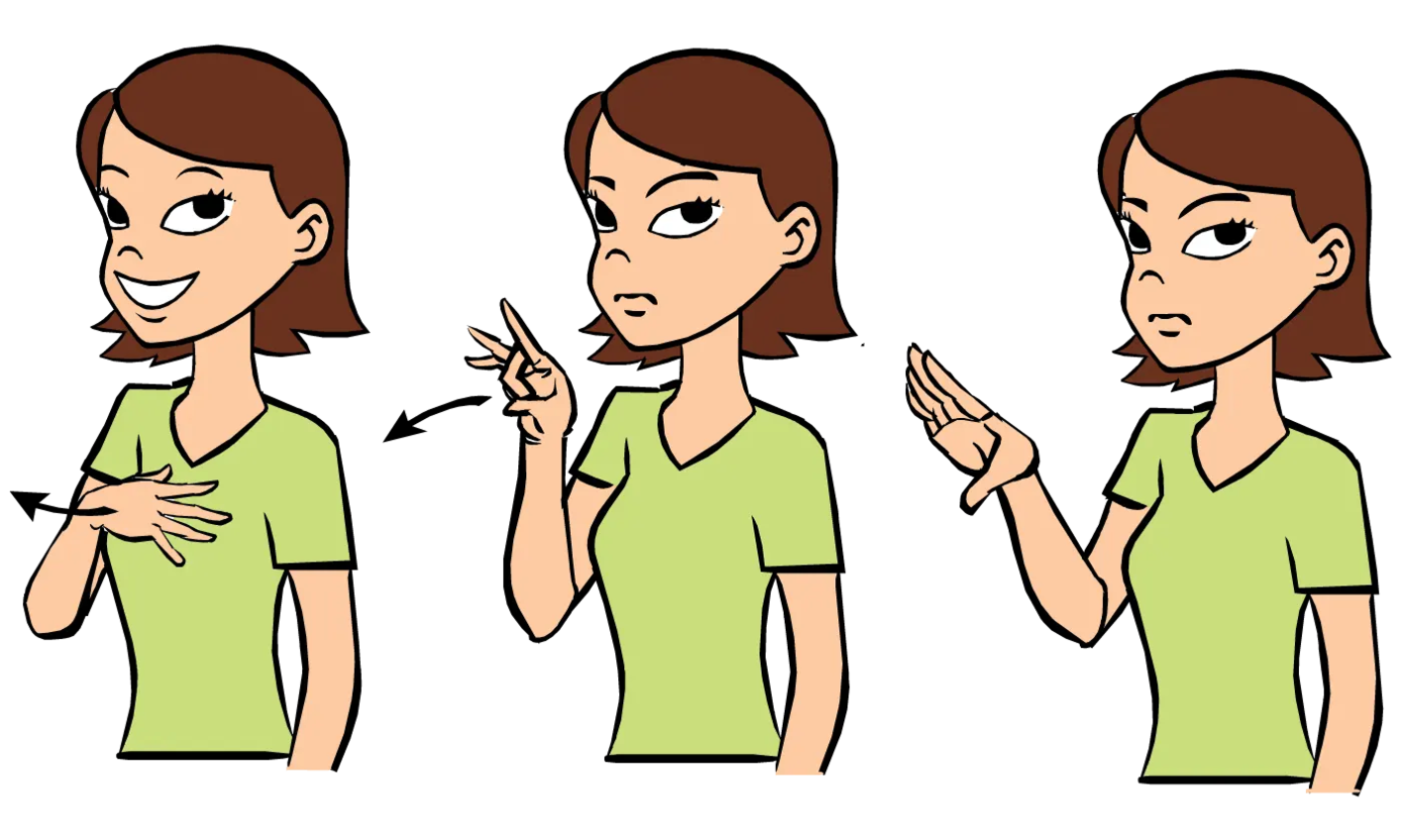
- Stand up
- To sign stand, we hold up our non-dominant hand flat, and we position our dominant hand’s index and middle fingers on top of the non-dominant palm, as if they are the two legs of a person standing.
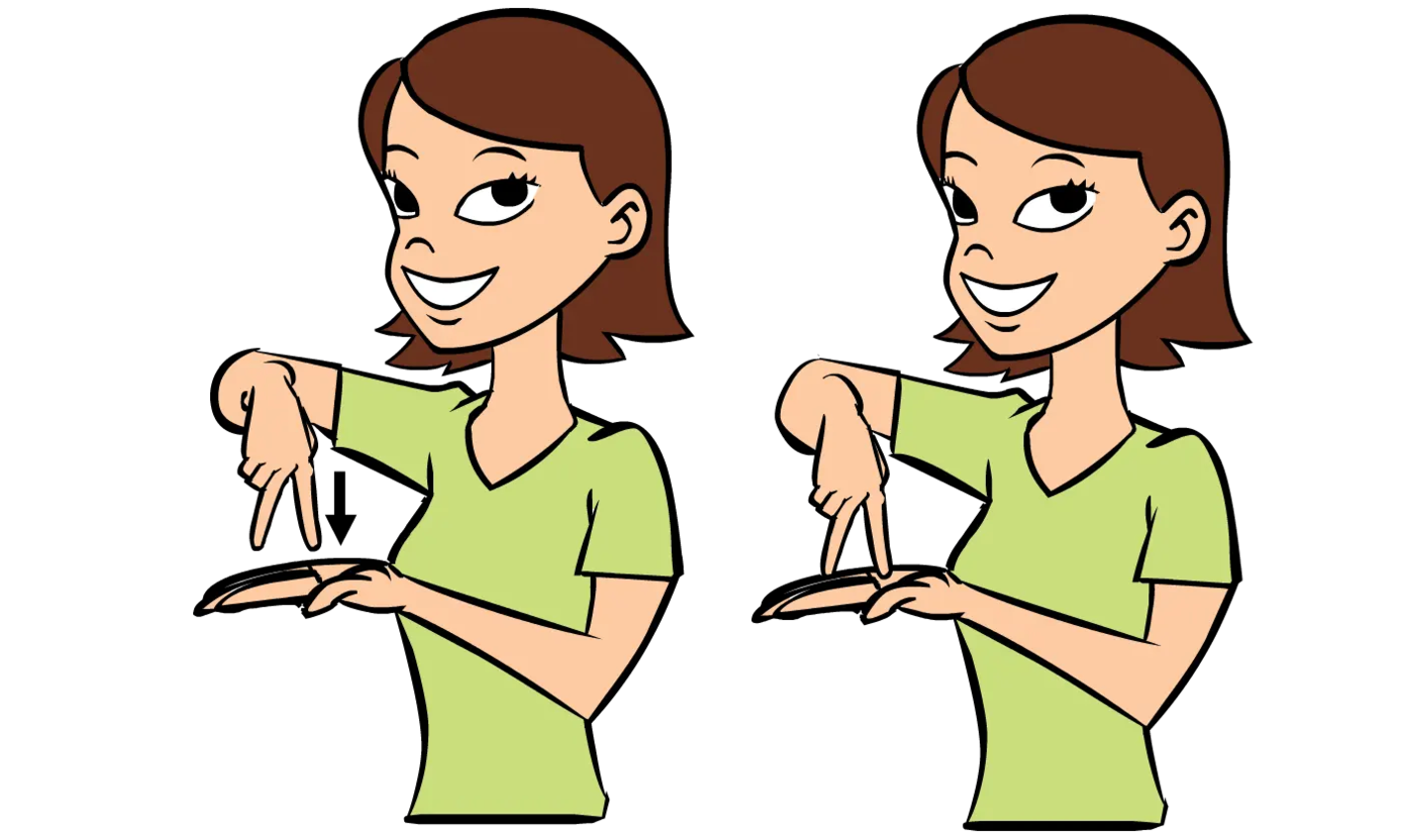
- Help
- To sign help, place your closed-fist, dominant ‘A’ hand on top of your non-dominant open palm, and move both hands upwards.
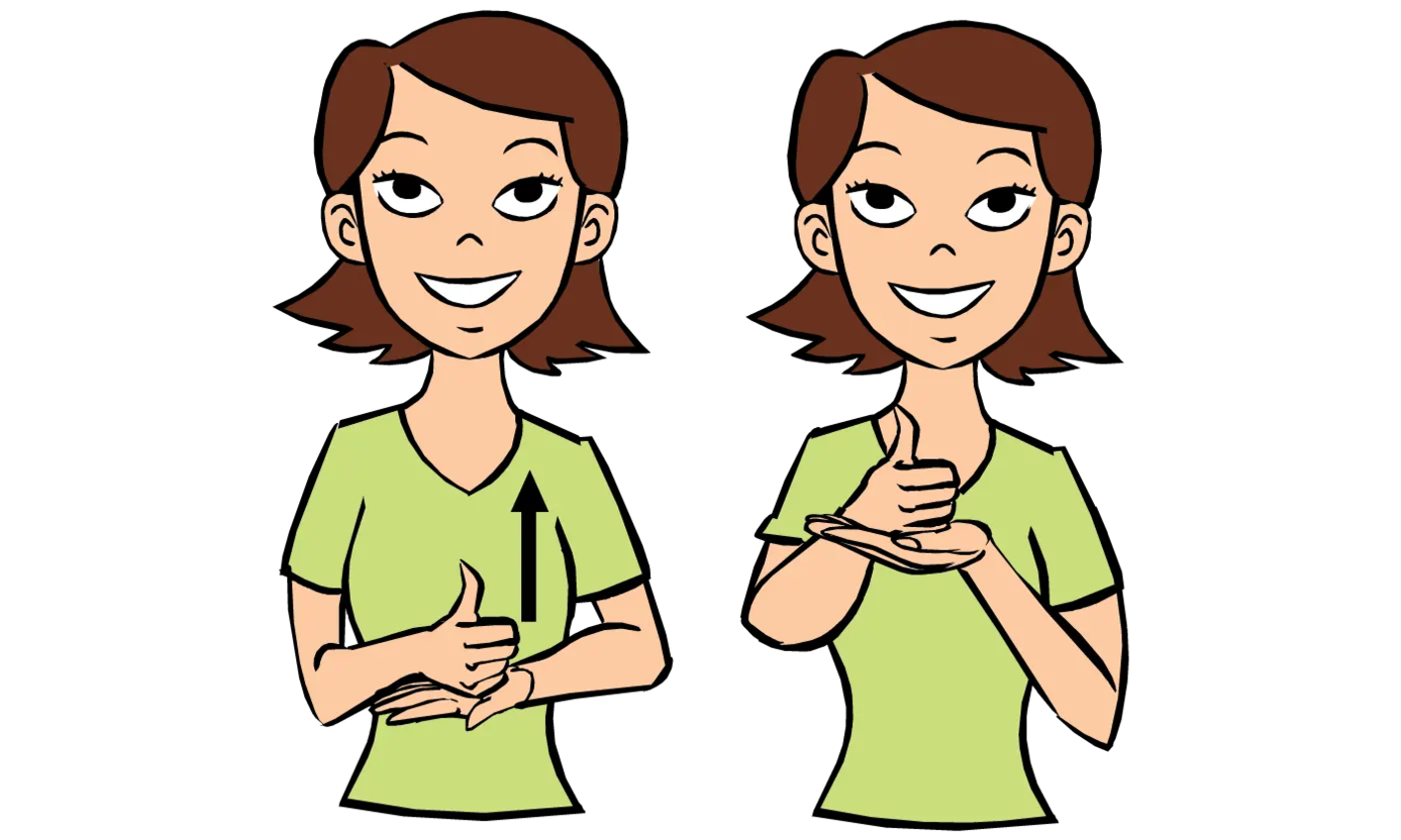
- Happy
- To sign happy, take your open hand (or both hands) and brush up your chest a couple of times. The sign for happy is very similar to the sign for excited, but the difference is that with excited, your hands take turns touching either side of your chest and only the middle fingers brush against your chest. With happy, both open hands tend to touch the chest at the same time.
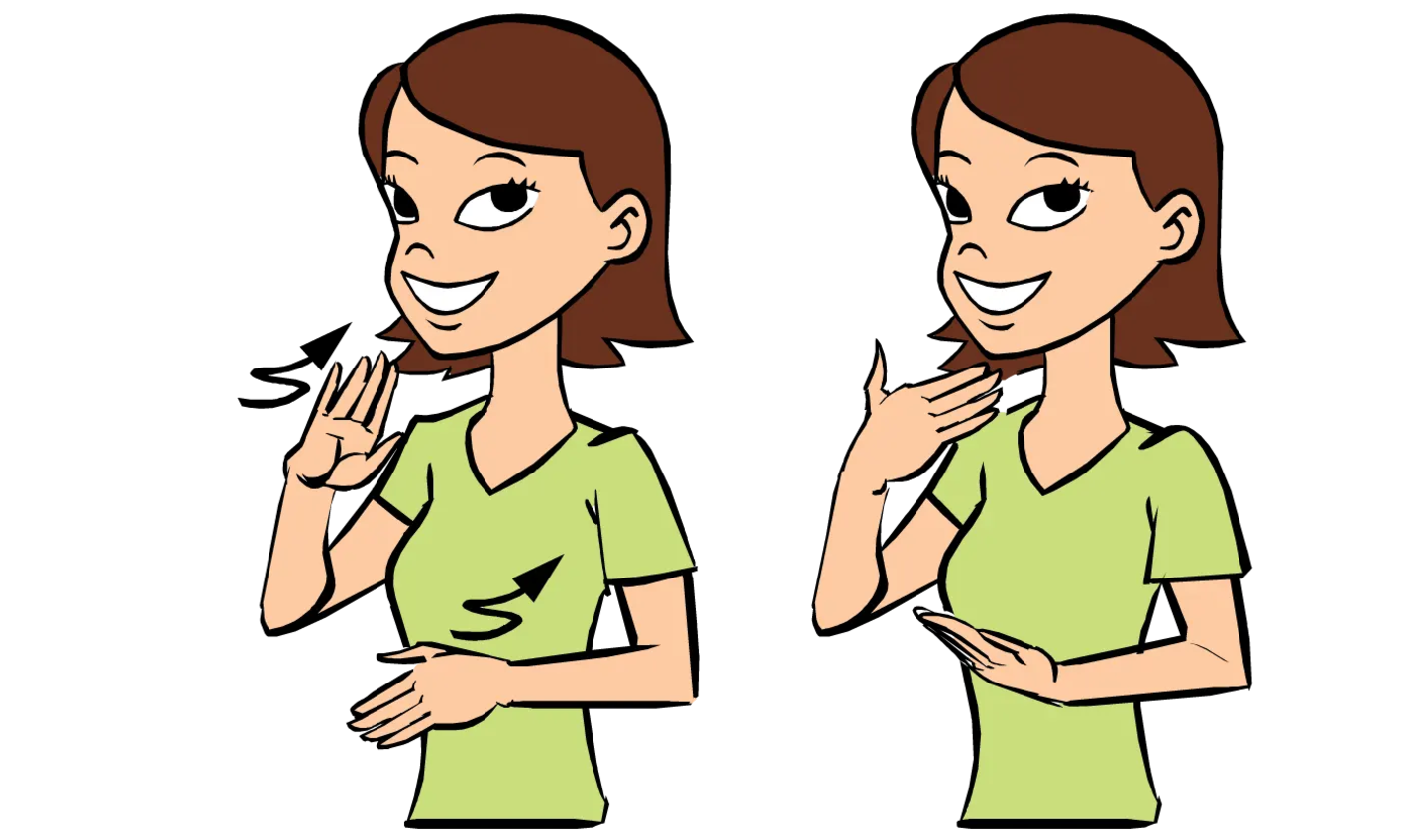
- Tired
- To sign tired, extend your fingers while holding them together in each bent hand. Start with your fingers touching either side of your chest, with your elbows up. Then drop your elbows and shoulders, and stoop your back a little as your curved, open palms also twist downward while still touching the sides of your chest. It is as if you are so tired you cannot keep holding your arms up.
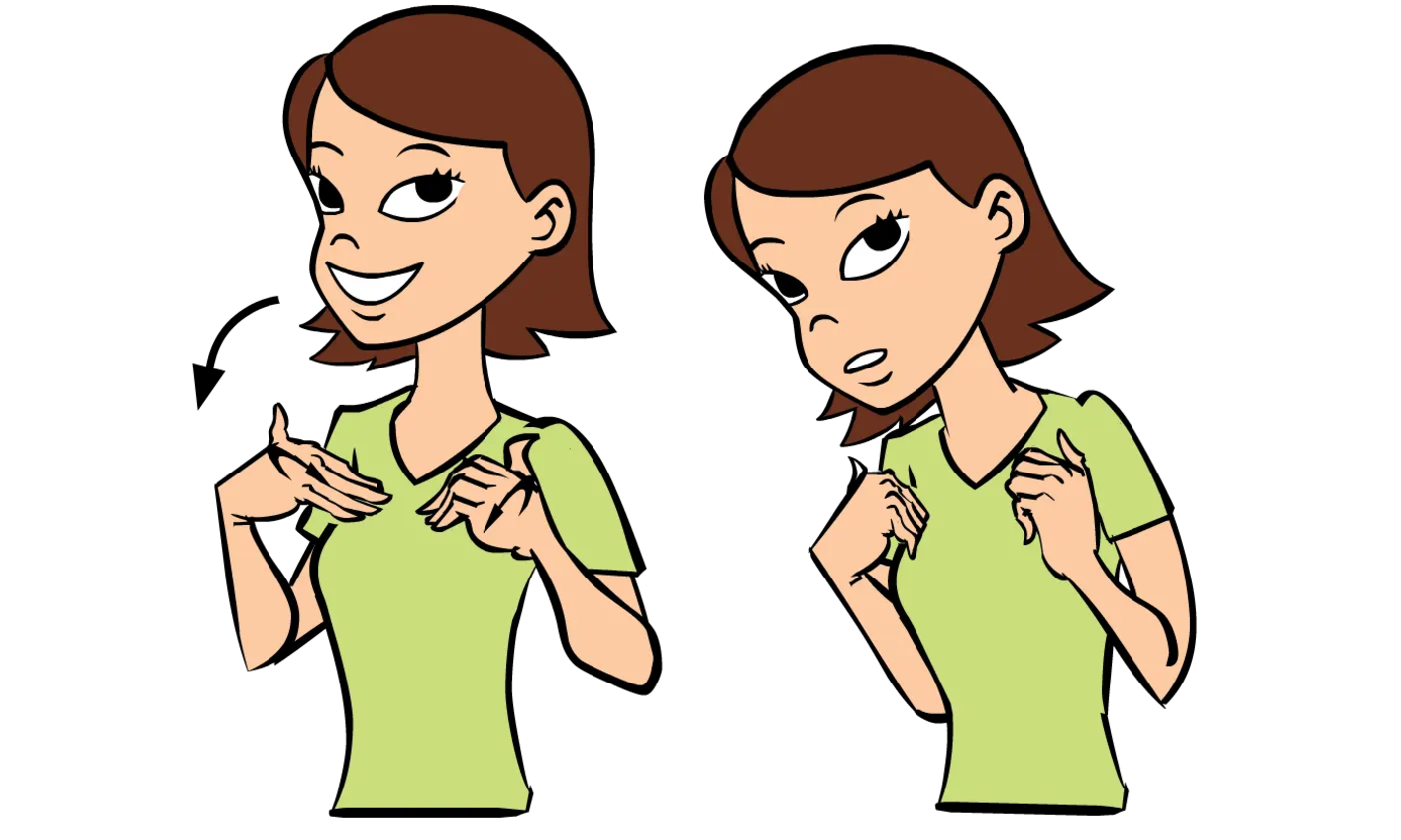
- More
- To do the sign for more, flatten out your hands then bring your thumbs and fingers together, to make flat ‘O’ hands in ASL. Then, bring your hands together and pull them apart repeatedly.
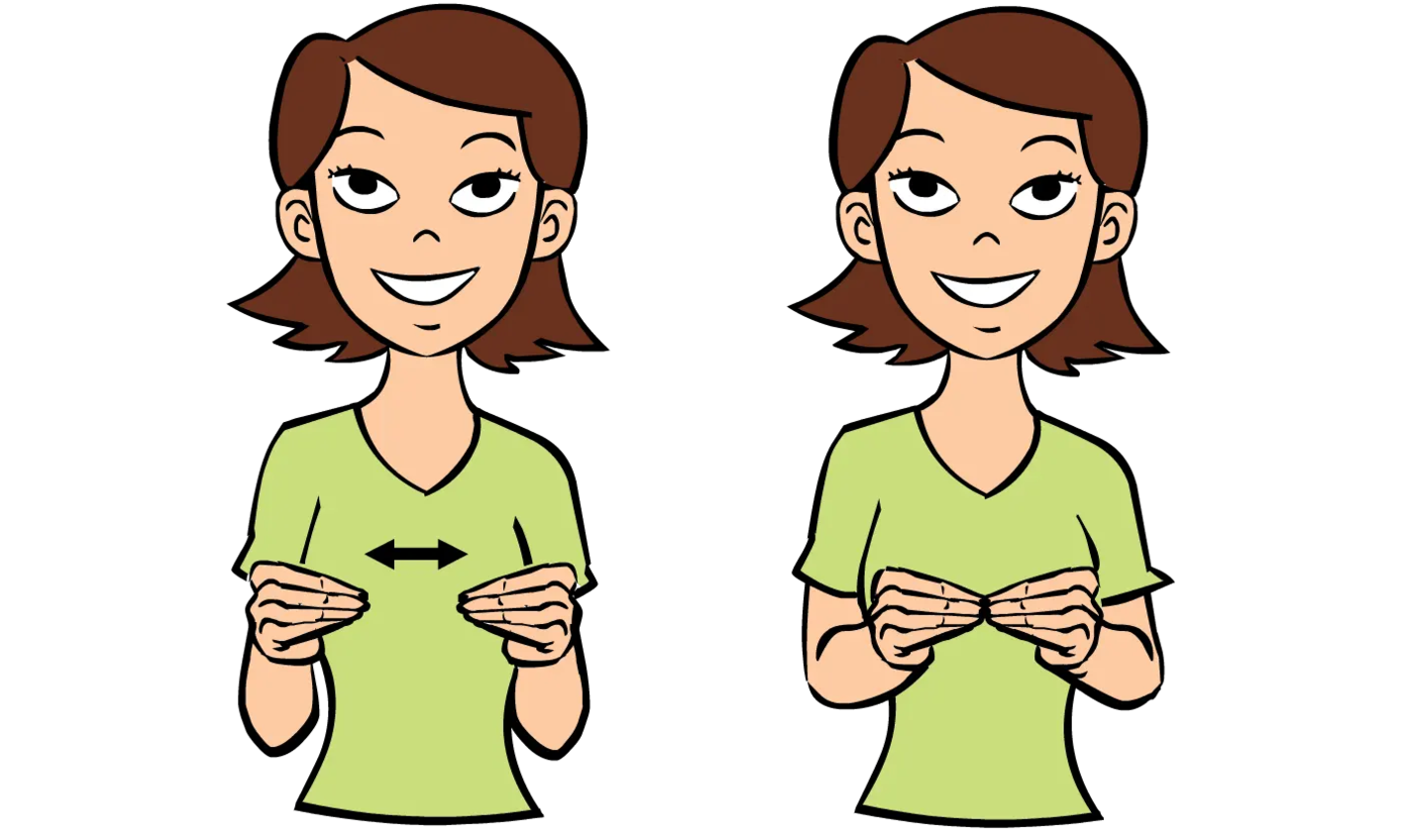
- Want
- The want sign looks you are pulling something toward you. Place your hands out, with hands open and palms facing up, making your hands bent a little into a claw shape. Then pull both your hands toward you.
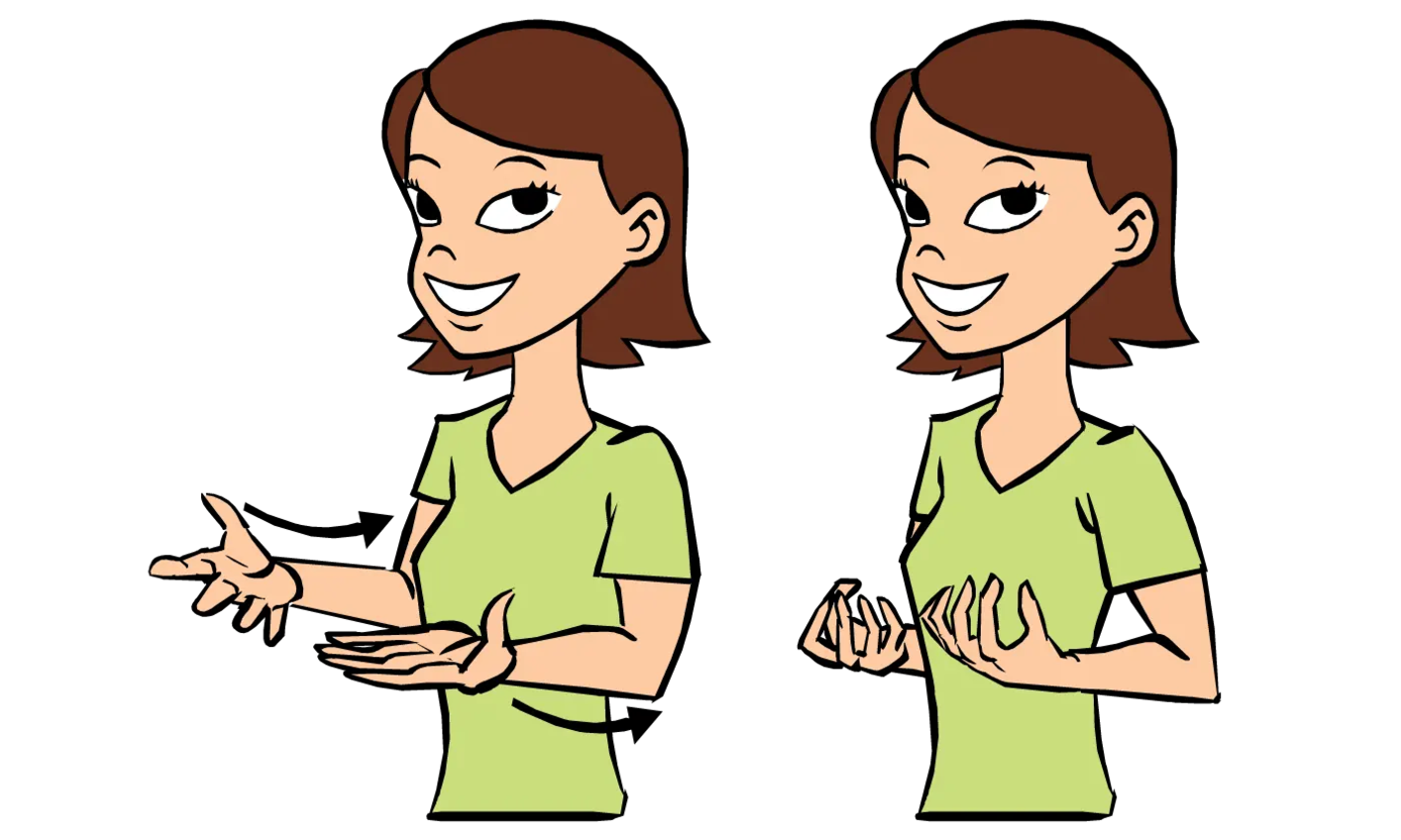
Sign language isn’t just for people with disabilities. Have you ever tried to make a comment to your friend at a concert, or across a noisy room? Sign language can help with that!
Here are just a few of the free American Sign Language resources available online:
- SignSchool is a free app that’s great for ages 8 and up.
- Signing Savvy is a great video-based dictionary of ASL signs. Just type in a word and learn!
- Bill Vicars has a well-organized YouTube channel full of different ASL signs and lessons.
Recent Posts
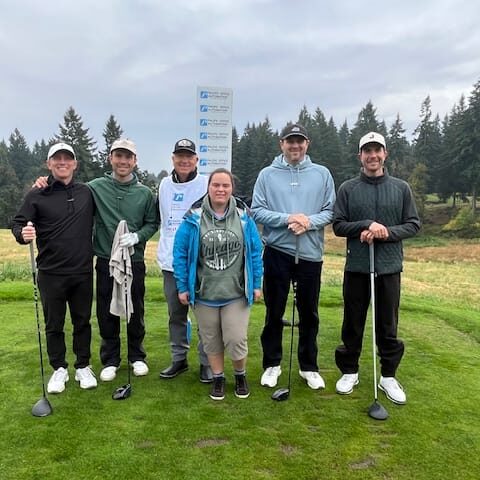
Les Schwab, Delta Galil, FOX 12, iHeart Media, and More Partner with GiGi’s Playhouse Portland to Advance Down Syndrome Awareness in Oregon 🌟
Soraya, GiGi's Playhouse Portland's ambassador, brings good luck to our Oregon Charity Championship team. GiGi’s Playhouse Portland has been busy sharing the message of acceptance...
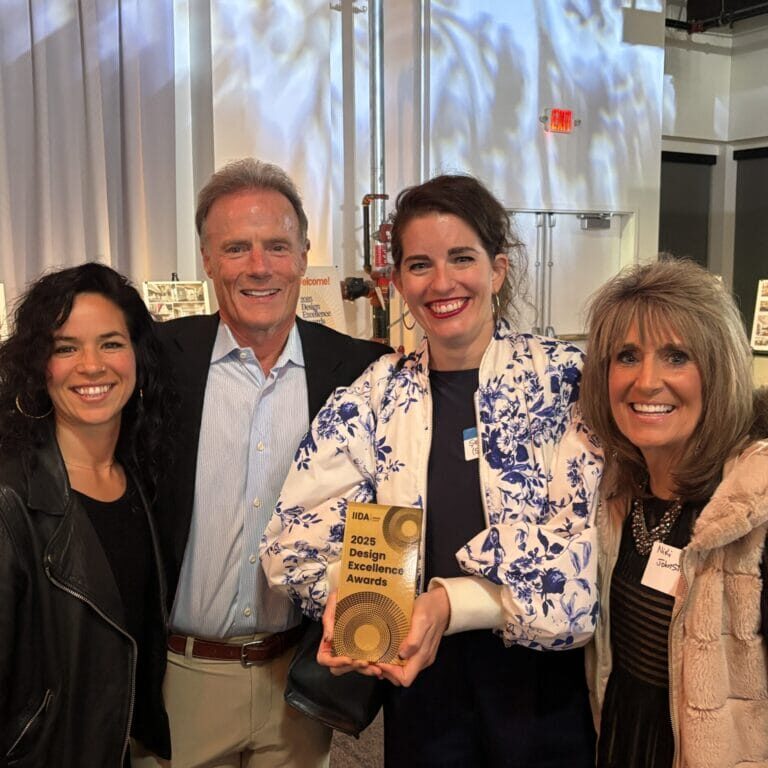
💛 Against All Odds: GiGi’s Playhouse Portland Honored for Design Excellence During Down Syndrome Awareness Month
Kara (program coordinator and former start-up committee member), Brad (co-president), Sermin (architect), and Niki (start-up committee lead) shine with pride at the IIDA Design Excellence...
